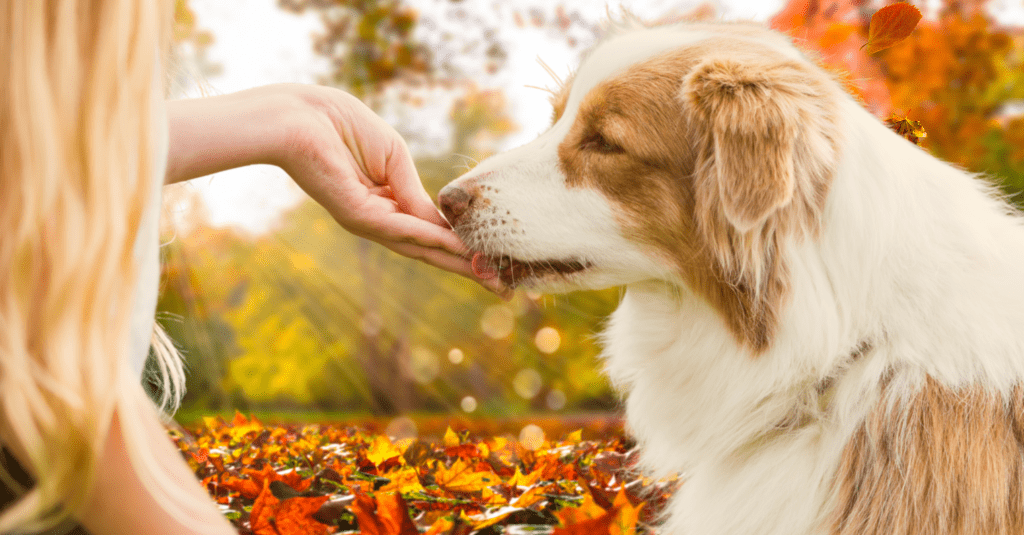Fleas
Fleas on Dogs
These natural remedies for fleas work to keep fleas from your dog, as well as soothe itchy skin and boost the immune system to help prevent a secondary infection. Although fleas are not fatal, they can cause a secondary infection to dogs as well as to their human family.
Fleas are not generally fatal to healthy animals, but they often carry diseases such as tapeworm, and can cause serious illness in puppies and immune-compromised animals. These vulnerable dogs may become anemic as a result of blood loss. Surprisingly, it can take only one fleabite to cause an allergic reaction.
Many dogs have an allergic reaction to the saliva of fleas, which causes flea allergy dermatitis. Dogs that are allergic will scratch or itch vigorously, may have hair loss, and become restless. Dogs with a weak immune system will require additional support to prevent anemia.
The four-stage flea lifecycle usually lasts four to six weeks, although it can be as short as 12 days and as long as 350 days. Fleas mate after feeding and the female lays her eggs within two days of first blood meal. Just one female can lay as many as 50 eggs per day. They are tiny, white, and oval shaped eggs that infest and later hatch on your dog and in the places they inhabit, including bedding, carpets, and soil. Infestations peak during the late summer.
Flea larvae hatch within six days and immediately begin feeding on organic debris found in the environment and in adult flea droppings. Newly hatched flea larvae can move as far as one meter (three feet) from where they were hatched, but don't like direct light and will actively move deep into carpet fibers, cracks in hardwood floors, unfinished concrete, and unfinished basements. Outside fleas gravitate deep into the grass and soil to avoid direct light. The larvae stage lasts five to 11 days but can last as long as three weeks if food is plentiful and the environment is friendly. Mature larvae produce a silk-like cocoon where they develop and remain until a suitable host arrives. After emerging from the cocoon, a flea can survive up to two weeks before finding a host to feed on. It is these newly emerged hungry fleas that infest dogs and bite people.
To determine if your dog has fleas, simply part their fur slowly and look for fast-moving creatures or signs of their reddish brown excrement. It's also important to examine your dog's bedding for eggs, larvae, and excrement.
Symptoms of Dogs with Fleas
- intense itching
- licking
- rubbing
- chewing
- nibbling at their skin
- hair loss
- scabs
- secondary infections
Additional Support
Fleas generally stay on their hosts until forced off my grooming or insecticides. To rid your dog of fleas, you must treat the dog as well as both the indoor and outdoor environment, where 95 per cent of the flea population can be found in the form of eggs, larvae, and cocoons. Fleas exposed to temperatures below 37 degrees F or 3 degrees C for several days will die.



 USD
USD
 Canadian Dollars
Canadian Dollars